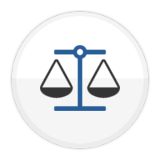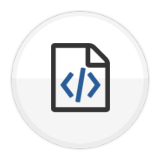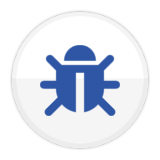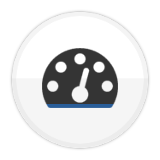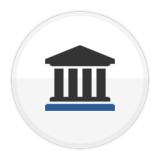By using the science of lifetime software to build your solution, we can deliver a reliable product no matter how unique your problem is.
-
01
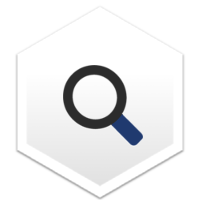
Discovery
Primary objective: To discover how your solution will positively affect the real world (your users, customers, business, etc).
Secondary objective: To identify exactly what your solution must do. -
02
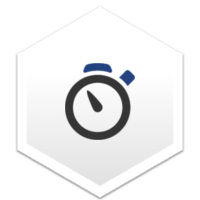
Planning
Primary objective: To create an overall project plan including people and time lines.
Secondary objective: To prioritize the features of your solution that add the most value. -
03
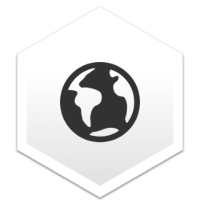
System Architecture
Primary objective: To develop a technical overview of module and/or framework interaction within your solution.
Secondary objective: To develop an overview of software integration points to outside systems. -
04
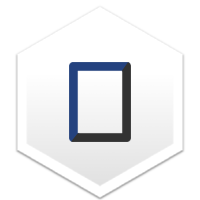
Framework Development
Primary objective: Is the actual development and testing of skeleton modules and functions.
Secondary objective: To validate the skeleton system. -
05
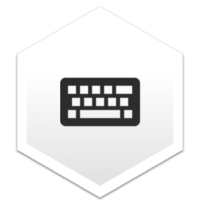
Core Development
Primary objective: Filling in (development) of modules validated during the framework development phase.
Secondary objective: Is to produce validated software ready for first user testing. -
06
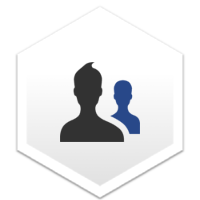
User Acceptance Testing
Primary objective: Is to get the most recently developed modules into user hands.
Secondary objective: Is to produce a list of accepted features ready for production. -
07
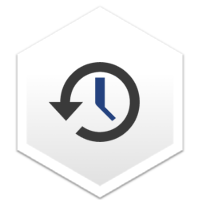
Re-Planning
Primary objective: Is to review the list of features and their relative priority.
-
08
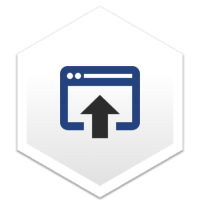
Integration
Primary objective: Is to integrate the newest development with the existing system (if any)
-
09
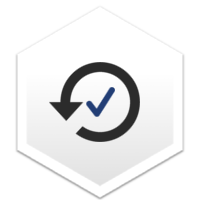
Backward Validation
Primary objective: Is to verify previous tests (if any) of existing system.
-
10
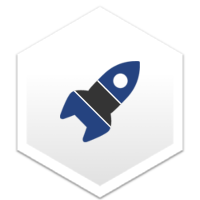
Publish
Primary objective: Is to go-live with latest development after running all final checks.
-
A
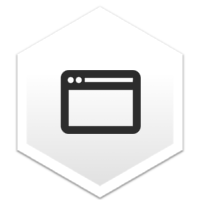
Prototype
Primary objective: Is to quickly develop a working prototype to validate an idea or gauge user interest.




